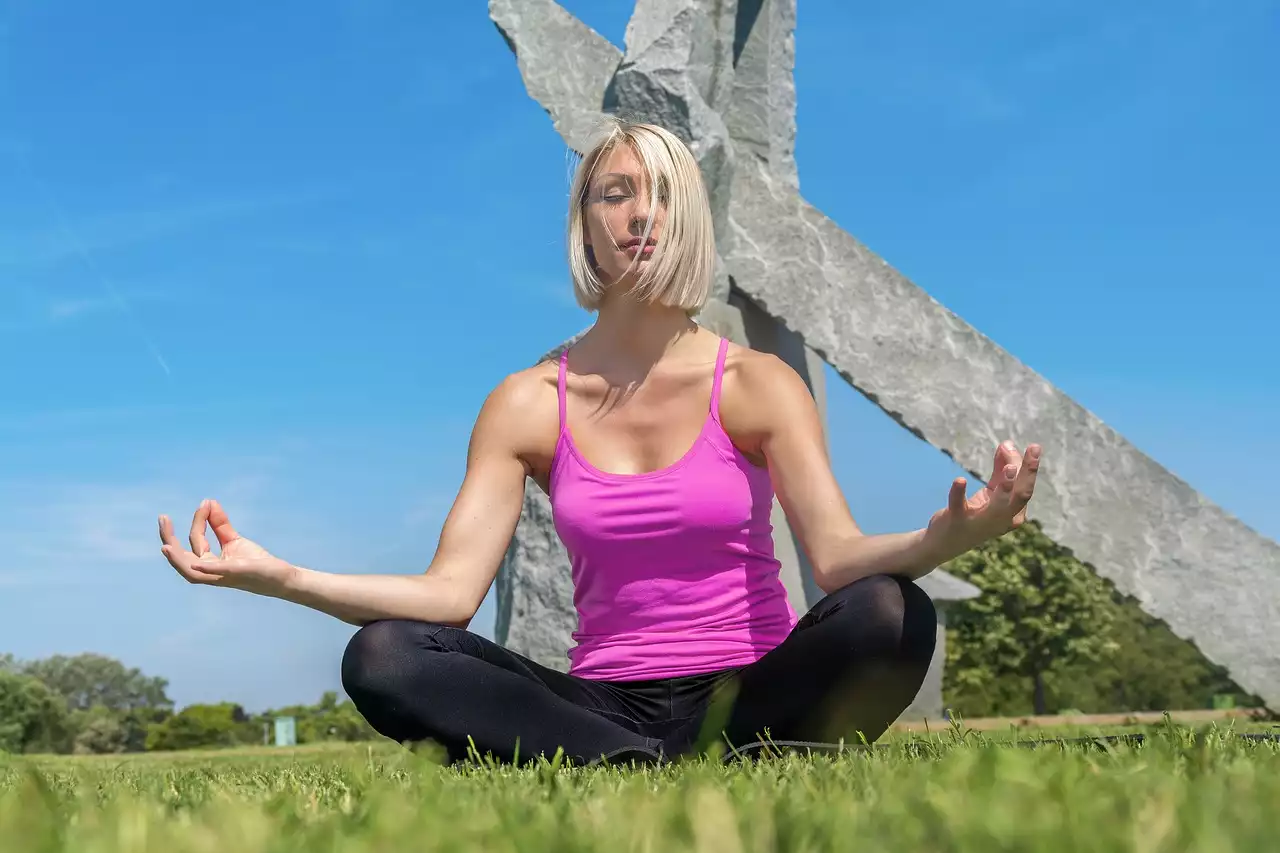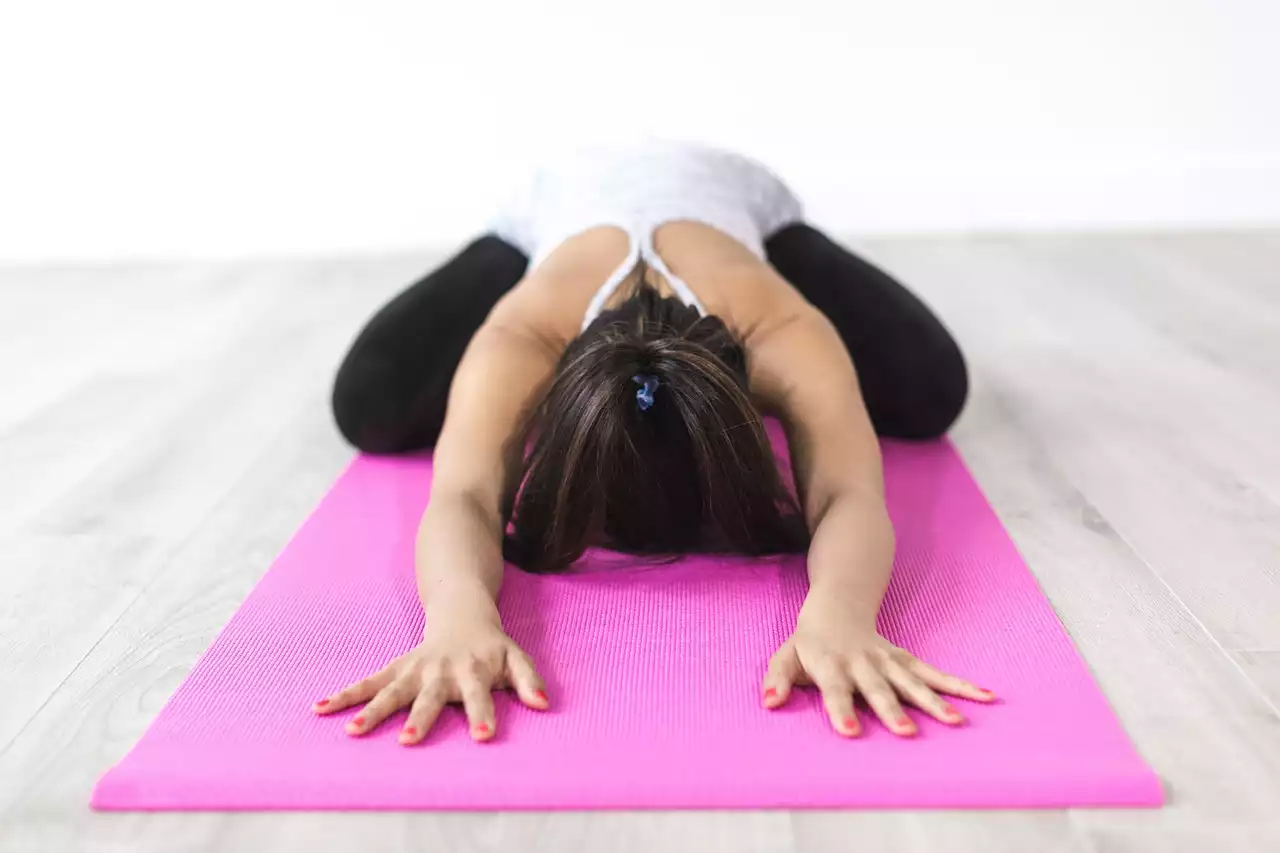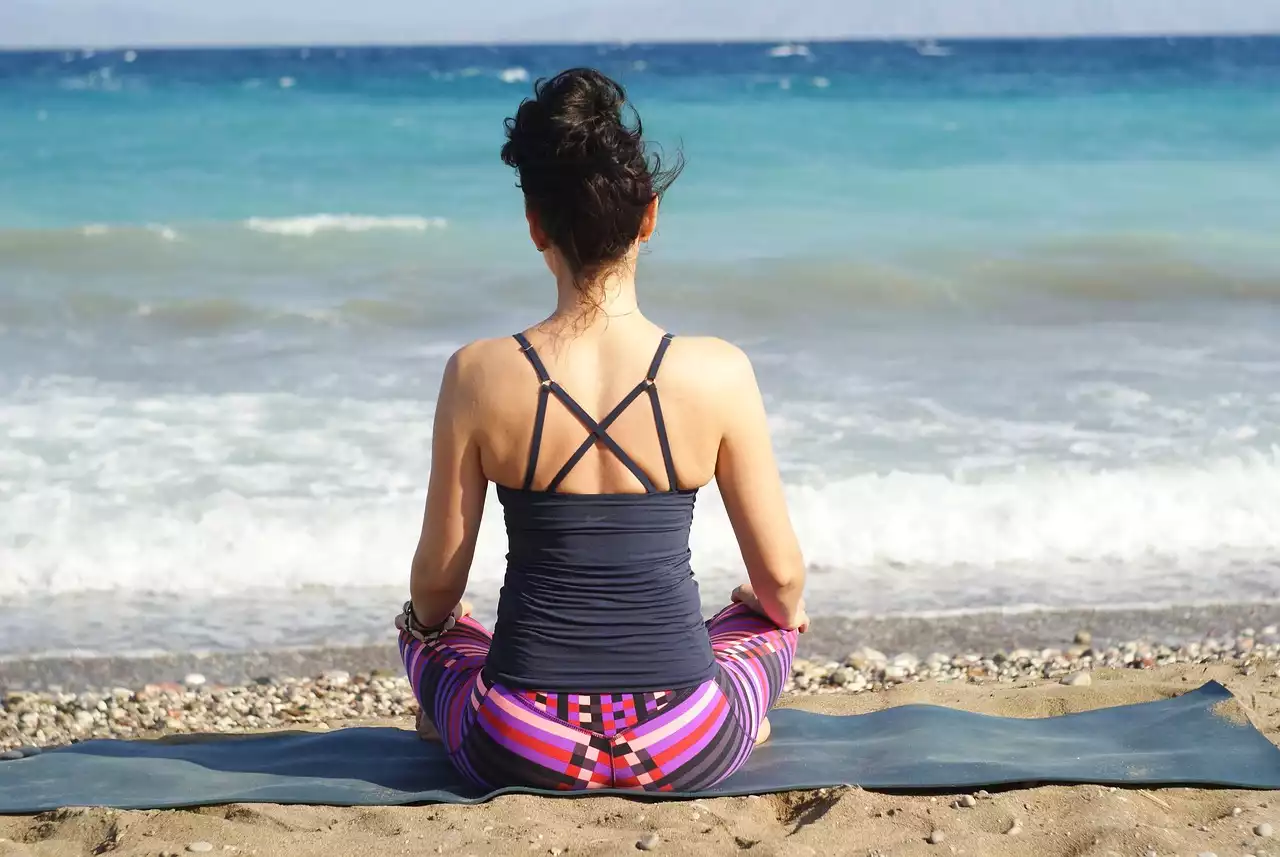Benefits of advanced meditation practices
As we become more experienced in our meditation practice, we may feel inspired to deepen and expand our practice in several ways. Each of these methods can help to bring about a profound transformation of your innermost being, allowing for a more explicit connection to the natural world. From powerful pranayama breathing exercises to ancient mantra chanting, there is an abundance of practices and sequences to suit every preference. By learning and mastering these advanced meditation techniques, you can take your practice to the next level, discovering a newfound sense of clarity and peace. These benefits may include:
- Increased relaxation
- Greater clarity and focus
- Increased self-awareness
- Stronger connection to nature
- Better sleep
- Reduced stress and anxiety
- Improved Health
Pranayama breathing exercises
The practice of pranayama breathing exercises is one of the most foundational techniques of meditation. Pranayama is a Sanskrit word that translates to the regulation of breath. By practicing pranayama, we can learn to slow down, deepen and control the rhythm of our breath, bringing our mind into a state of calmness and focus. There are many different types of pranayama breathing exercises, each with its specific benefits and techniques. To determine which one is right for you, it is important to consult with a certified yoga instructor or meditation instructor. Some of the most common pranayama breathing exercises and their benefits include:
- Anulom vilom - This pranayama breathing exercise works to slow down the breath and relax the mind, allowing for deeper levels of meditation.
- Bhastrika - This pranayama breathing exercise involves deeply inhaling and exhaling, helping to boost energy and metabolism.
- Bahya kumbhaka - This pranayama breathing exercise works to increase the retention of prana (energy) in the body.
Mantra chanting
Chanting is a deeply transformative practice that can be used as both a meditation technique and a yoga asana (posture). Chanting is an ancient practice that can be traced back to the Vedic era, with roots in the Hindu tradition. A mantra is an ancient sound or vibration that can help us to focus, relax and expand our minds. Many different types of mantras can be used, but it is important to select one that resonates with you. You may find that certain mantras feel more natural to you than others and that you can focus better when chanting them. Some of the most popular mantras used in meditation are om, shanti, om shanti, om namah shivaya, and Soham. When practicing chanting as a meditation technique, it is important to use a comfortable, slow, and steady rhythm. You may wish to record yourself chanting the mantra so that you can play it back and chant along. Some of the most common benefits of mantra chanting include:
- Increased focus and concentration
- Improved balance of the mind, nervous system, and energy flow
- Reduction of stress
- Improved happiness and overall wellbeing
Visualization techniques
Visualization is a powerful meditation technique that can be used in several different ways. There are many different types of visualization techniques, each with its specific intention and benefits. To determine which visualization is right for you, it is important to reach an understanding of your own mental, emotional, and psychological state. There are many different types of visualization, each with its specific intention and benefits. These include: - Imagery
- This visualization technique can be used for several different things. You can use imagery for healing, to try to solve a problem or challenge, or even to help you fall asleep easier and have more vivid dreams.
- Fantasy - This visualization technique is often used by athletes to help with their performance and mental game. Fantasy meditation can be used to help you to overcome obstacles, refocus your energy, and live in the present moment.
- Visualization with intention - This visualization technique is a combination of the two above and is often used when trying to solve a problem or challenge.
Yogic kriyas
Kriyas or purification techniques are a powerful part of the yogic tradition, often used as part of an intensive yogic meditation retreat. Although some kriyas are better suited to be used as part of a yoga retreat, others can be easily practiced at home as part of an advanced meditation practice. One of the most powerful kriyas is the kapalabhati breath technique. This technique is an advanced pranayama breathing exercise that is designed to purify and cleanse the nervous system. The breath technique can be difficult to master, so it is best to work with a certified yoga instructor or meditation instructor at first. The kapalabhati breath technique is a powerful tool that can help to cleanse and purify the nervous system. The technique uses a short, quick and forceful exhalation followed by a long, relaxed and controlled inhalation. The kriyas and breathing techniques can help to improve overall health, reduce stress and anxiety, and help to improve sleep quality.
Kundalini meditation
Kundalini meditation is a powerful practice that is said to awaken and raise the kundalini (the life force energy) from the base of the spine up to the crown, bringing about a state of heightened awareness and spiritual connection. Practicing a kundalini meditation technique can be challenging, and it is important to work with a certified yoga instructor or meditation instructor who can help to guide you through the process. There are many different types of kundalini meditation techniques, each with its specific benefits. The most fundamental concept of kundalini meditation is to clear the mind of thoughts and to quiet the chatter. When practiced regularly, kundalini meditation can help to clear the mind and bring about a state of heightened awareness and spiritual connection. There are many variations of kundalini meditation practices, and it is best to work with an instructor to determine which one is right for you.
Acupuncture and acupressure meditations
Acupuncture and acupressure are traditional Chinese practices that have recently grown in popularity in the West, particularly as a way to reduce stress and anxiety. Both acupuncture and acupressure can be used as a part of meditative practice, helping you to clear your mind and bring about a state of calmness and relaxation. Many different types of acupressure and acupuncture points can be used, each with their specific benefits. Once you have determined which points you wish to work with, you must work with a certified acupuncturist or acupressurist at first. These practices can be very powerful and should be used with care, particularly when used as part of an advanced meditation practice.
Tibetan Buddhist meditation
Tibetan Buddhist meditation practices are some of the most advanced meditation techniques out there. There are many different types of Tibetan Buddhist meditation practices, each with its specific intention and benefits. To determine which one is right for you, it is important to reach an understanding of your own mental, emotional, and psychological state. There are many different types of Tibetan Buddhist meditation practices, each with its specific intention and benefits.










